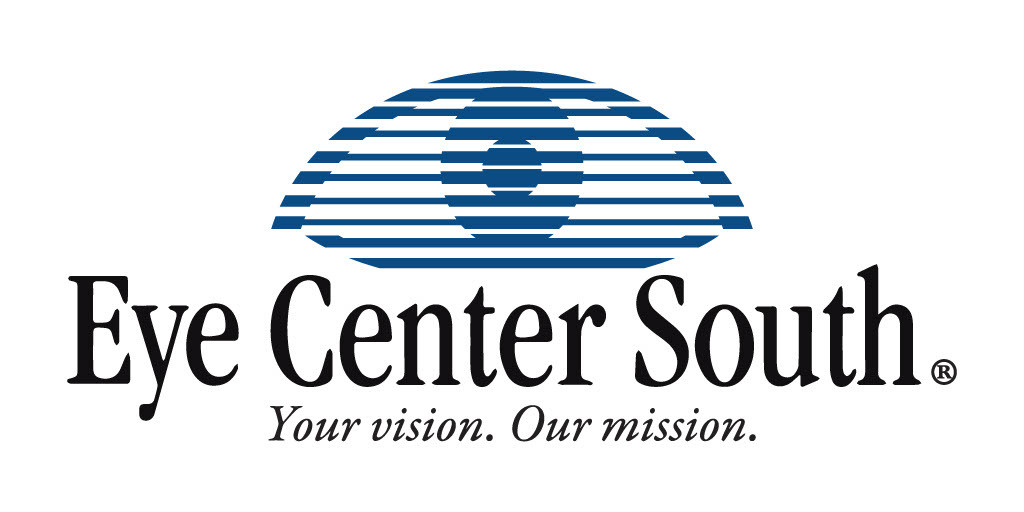Myopia might sound like a scary eye condition, but it’s simply the medical term used to describe “nearsightedness,” or a person’s ability to see objects close to them much more clearly than objects at a distance. You’ve likely heard the term “nearsighted” very often and it’s estimated that as much as half of the world’s population will have myopia by 2050. Fortunately, the condition can be managed well.
What Causes Myopia?
Myopia is a refractive error, meaning it’s caused by a disorder that changes how light refracts inside your eye. An eye with myopia is generally going to be more elongated rather than a perfect sphere or the cornea may be more steeply curved. This causes light to focus in front of the retina rather than on it, and that projects an unclear image in the brain.

Signs of Myopia
The most common sign of myopia is difficulty seeing objects farther away from you. If you have extreme nearsightedness, you may even bring books and other fine print up closer to your face for easier reading. However, your myopia may not be that severe.
One common circumstance where you may realize you are developing nearsightedness is when you are driving. If you find it increasingly difficult to read the signs far in front of you or even recognize license plates of other drivers, you may have myopia.
At home, work or school, you may find yourself sitting more closely to screens and white boards or having trouble reading them clearly if you’re farther away. If you experience any of these signs, you should talk to your eye doctor.
How is Myopia Diagnosed?
Most cases of myopia can be diagnosed in a routine eye exam. Once you are given a prescription, anything from -0.50 to -5.00 will fall into the standard range of nearsightedness. However, there are other versions of myopia that may take additional tests to diagnose.
High myopia, for example, is any type of nearsightedness requiring a prescription of less than -5.00 (like -6.00). This means your vision is more significantly impaired and it also puts you at a higher risk of serious conditions like cataracts and glaucoma.
Your eye doctor can talk through your vision concerns with you and help you determine exactly what is impacting your sight and what you can do to protect your long-term eye health, even if it isn’t myopia that’s causing far away objects to look blurry.






